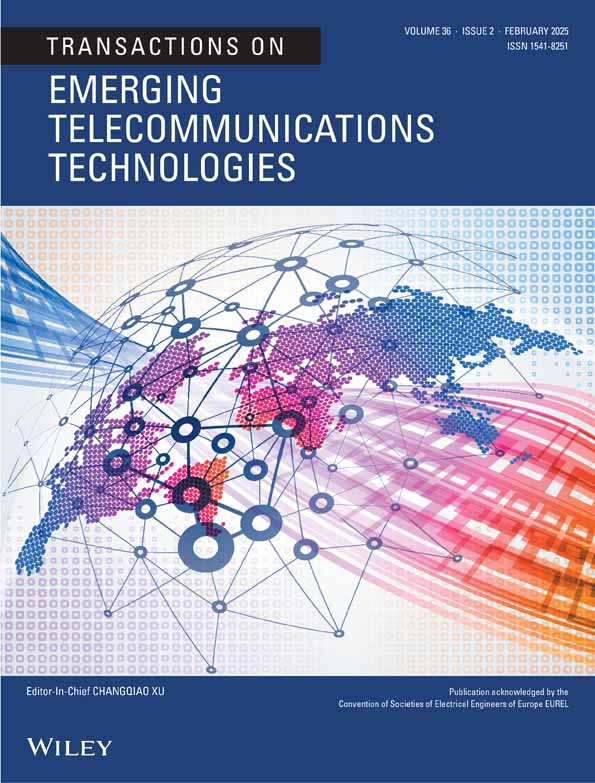Adaptive Entropy Lightweight Encryption Estimate for Software Defined Network to Mitigate Data Security Threats in Smart Cities
Funding: The authors received no specific funding for this work.
ABSTRACT
Traditional networking environments typically configure encryption policies statically on individual devices, but a fast and space-efficient system for data security is needed. Hence, a novel Adaptive Entropy Lightweight Encryption Estimate for the Software Define Network is introduced to mitigate data security threats. Large-scale SDN deployments necessitate complex encryption policies, with lightweight algorithms posing limitations due to their lack of high avalanche effects. Thus, a novel Adaptive Entropy Lightweight Encryption Algorithm is proposed that uses Extended Tiny Encryption Algorithm (XTEA) for efficient encryption and decryption and Adaptive Shannon Collision Entropy Estimation to improve the avalanche effect. Moreover, the Conjugate Gradient Trust Region Method within SDN allows controllers to adjust XTEA encryption parameters. Further, maintaining a linear relationship between encoding/decoding time and data size is crucial for efficient resource allocation and processing time estimation in lightweight encryption algorithms. Hence, a novel Shift Register Hill Climbing Security is introduced, which uses Shifted Feedback Register (SFR) to generate pseudo-random bits, and Beta-Adapt Hill Climbing algorithm (BAHC) to dynamically adjust SFR parameters. The findings indicate that the suggested model has less execution time, delay, packet loss, and high throughput, compared to other existing models.
Open Research
Data Availability Statement
Data sharing is not applicable to this article as no new data were created or analyzed in this study.




